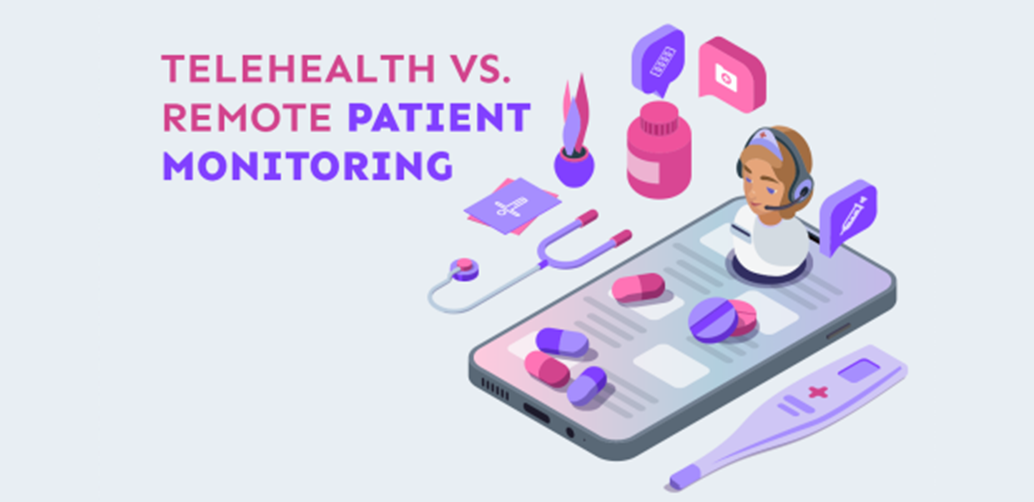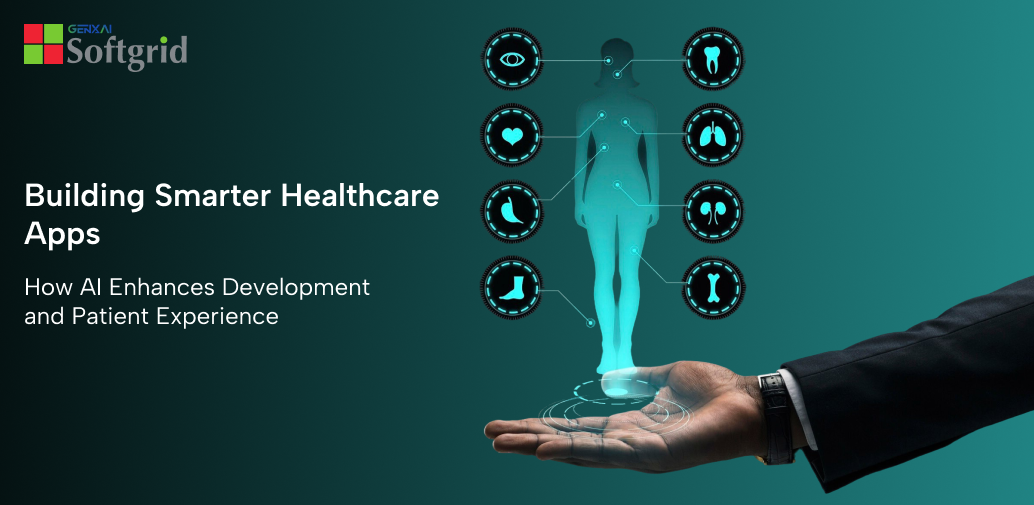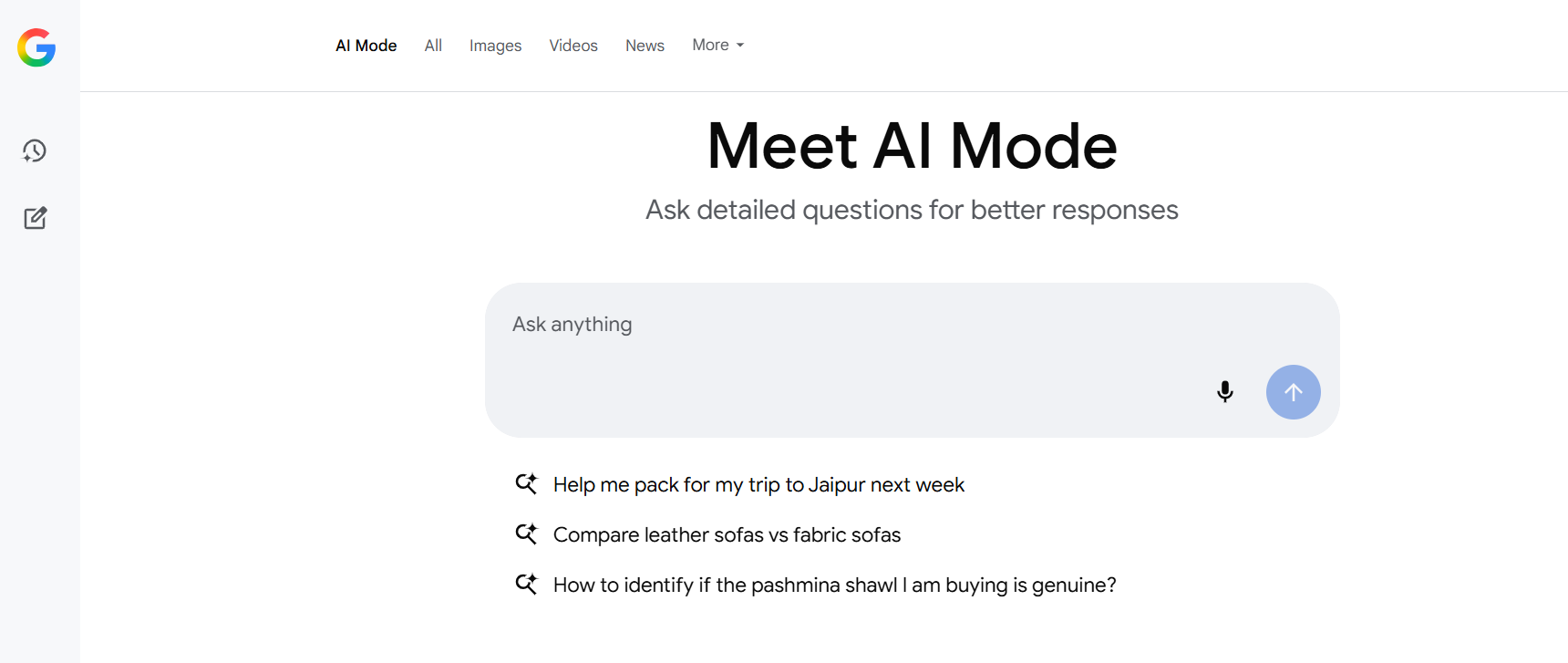Many patients have received treatment by remote monitoring and evaluation which was not used before by most health organizations. Telehealth and Telemedicine are also processes of distant treatment and consultation with specialized medical professionals. Based on the type of health problem and primary evaluation, the patients are professionally chosen by the doctors who are eligible to receive treatment remotely. The sudden changes in the healthcare system have not only benefited the patients but the hospitals too. Many patients require long term monitoring after going through surgery.
This post-operation monitoring is now possible to be carried out remotely which proves to be cost-effective for the patients. By using systems of Telehealth and Remote Patient Monitoring the hospitals can reduce the constant patient load which they had to face during the pandemic. But the medical professionals should be aware of the process in which telehealth and other remote monitoring systems function. Still, now the majority of the health organizations have not adapted the benefits of advanced healthcare IT systems. Many people also get confused between telehealth and telemedicine and have the notion that they are the same. But telemedicine can be considered as a division of telehealth. Telehealth is a broad spectrum that is capable of using various technologies in the treatment of patients remotely.
The remote treatment policies are also found to be more engaging for the patients through the easier contact with the doctors using the digital software platforms. The treatment policies in telehealth and RPM can be provided to the patients directly at the comfort of their home where they can heal much better and quicker from the existing health problems. The reimbursements from the government have been temporarily given for established functional remote healthcare setups. The hospitals are also investing in the structural development of healthcare IT gadgets and setup so that they can allow the less critical patients into the division of being remotely treated and monitored.
By definition, Telehealth refers to the use of information technologies and telecommunication mediums for conducting health assessments, diagnosis, intervention and monitoring while the patient and doctor hold different physical locations. Telehealth facilities are also used in amalgamation with other traditional treatments by some healthcare organizations like ‘City of Hope’ in Los Angeles. Now when talking about remote health monitoring or RPM it needs to be considered that RPM is actually a subcategory of Telehealth systems. Every type of care which specialized doctors or general physicians provide without a physical visit is placed in the category of Telehealth although the definition remains flexible and slightly varying forms exist in the world of healthcare. Telehealth has numerous applications and hosts various types of care including phone, texting and video conference possibilities.
The prime applications of Telehealth and its implementation in various diseases
During the covid-19 pandemic, the need for treating patients in a non-contact isolated environment had escalated rapidly which had been often tackled by various health organizations using telehealth facilities. There are even medical insurance plans being launched that are able to cover telehealth facilities and expenses. Many medical facilities are charging the same for telehealth sessions and monitoring as they would have inflicted for in-patient visits. For this reason, when buying medical insurance plans it is wise to look for telehealth clauses and the implication details present for each sub-divisional telehealth structure. The most conventional applications of telehealth are mentioned below:
- Many times patients have to revisit the hospital to get the lab test reports checked and analyzed by the doctors which often include blood tests, x-ray reports, CT scans and excretion tests. The field of psychiatry and psychology has been immensely transformed through the Telehealth branches of online therapy, counselling and diagnosis.
- Prescription and record management has become much simpler due to the use of telehealth facilities to maintain an organized structure for easy access. For monitoring recurring health problems like UTI and migraines the telehealth policies can be highly beneficial. The daily evaluation of the patient’s symptoms along with the medication effect analysis can help the doctors provide better-personalized treatments.
- Telehealth has also found its beneficial use in the treatment of skin disorders and other skin diseases as it becomes possible often for skin doctors to also provide a diagnosis over video conferencing and other telehealth possibilities. As the prime task of diagnosis becomes possible the other stages of treatment including medication and monitoring becomes much simpler. Telehealth has also been found to be used in the treatment of behavioral health issues as by the use of telehealth structure the unnecessary visit to the hospitals can be prevented.
- Urgent care through telehealth can also be provided in cases of cold and cough, stomach aches and similar common health issues. Many times the general physician takes immense time to reach the patient’s house or might not be traced easily by the patient’s family members, in situations like this the telehealth facility can be used to provide basic care to the patient for the time being.
- For most post-surgery monitoring and routine follow-ups, telehealth facilities can be employed for most of the patients but not for all. The doctors have the responsibility to decide who would be able to go through the telehealth process without any complications in their treatment. Besides this, serious issues like substance abuse disorders are also being treated in the telehealth capabilities of a few medical facilities.
Vital features about Remote Patient Monitoring that everyone should know
There has been an excellent growth in the remote patient monitoring policies throughout the covid-19 pandemic. The urgent need of attending to an immense number of patients and the virus spreading chances throughout the hospital has made healthcare organizations more cautious and attentive towards the digital technologies in healthcare and other available platforms from healthcare IT vendors. The remote patient monitoring strategies are not built with the basic format to replace the conventional in-person visits.
They work as a support system for the physical in-patient visits and make the treatment procedures more flexible and effective. The routine appointment visits are mostly managed through remote patient monitoring systems in healthcare facilities. In the remote patient monitoring format, the clinicians can daily collect the data on patient’s health improvements and crucial new symptoms being experienced by them. Through telehealth benefits, this is made possible so that the doctors can provide more deeply analyzed treatments to the patients with a personalized aspect.
Several chronic diseases require treatment through several years to find a more stable health condition. According to some medical statistics, these patients visit their doctors at least once every three months. These patients can be enrolled into the Remote Patient Monitoring program to receive daily monitoring from technicians. This not only lets the doctors have a wider set of data on the daily vitals of the patient but also lets them be in constant touch with medical supervision. The remote patient monitoring systems have the capability of providing highly important treatment breakthroughs which lead to changes in medications, care plans and even changing of the whole treatment procedure.
The patients who are given strict diet plans, medications routine and lifestyle guidance often have failed to follow them leading to the occurrence of the same health problems which the patient got treatment for in the hospital. The daily session which happens in the RPM procedure lets the clinician check on the basic patient’s vitals like blood pressure, blood sugar, oxygen levels and if the patient is not maintaining the advised guidance then it might get easily caught in their vitals. Thus RPM has a vital role in making the patient feel more responsible with their health and control their urges to rebel out from the disciplined life structured for their well-being.
The possible future scenario of Telehealth and Remote Patient Monitoring
To decide which patients will be the ideal choice to receive monitoring through RPM or any other telehealth techniques, doctors will have to know the process of each telehealth system in detail. The specialized doctor who has been already providing treatment remains with the most responsibility to choose the rightful type of Telehealth procedure for the patient. The patient’s history with the disease or health issues also plays a major role in making the conclusive decision of telehealth or specific remote patient monitoring to choose. Experts of both the healthcare IT industry and the Telehealth professionals predict that telehealth and other remote monitoring processes would have immense growth in the upcoming years.
Based on the surveys conducted on patients, the majority of them have started to be comfortable in the remote monitoring processes and would like to continue in the future. As per the latest statistical reports, about 23.4 million patients were treated using RPM alone in 2020. If the other remote treatment and telehealth processes are taken into account then the number would be much higher.
A new subdivision called Remote Therapeutic Monitoring has already been proposed by the CMS which broadens the implementation of at-home monitoring. Within 2023 the Remote Patient Monitoring system might be used for monitoring respiratory conditions and musculoskeletal status. When the global telehealth and RPM platform is studied it can be found that patients are receiving the treatment procedures very well.
Endnote on choosing remote treatments
Doctors and other healthcare organizations are advised through medical forums to gain knowledge regarding the telehealth and RPM procedures already existing in the world of healthcare. Several healthcare facilities have increased their funding for developing telehealth facilities and thus the medical facilities that haven’t yet started their telehealth journey would be lagging behind others. The hospitals and other medical facilities should look into the perspective that patients have already accepted and appreciated the process of telehealth and RPM techniques. The healthcare IT association that you associate with in developing the remote care infrastructure is also going to be highly important. Getting started on the Telehealth journey is the biggest step that all healthcare facilities should take as soon as possible.

 Web and Full Stack
Web and Full Stack CMS and Frameworks
CMS and Frameworks Online Marketing
Online Marketing Cloud Services
Cloud Services ECommerce
ECommerce Mobile
Mobile




